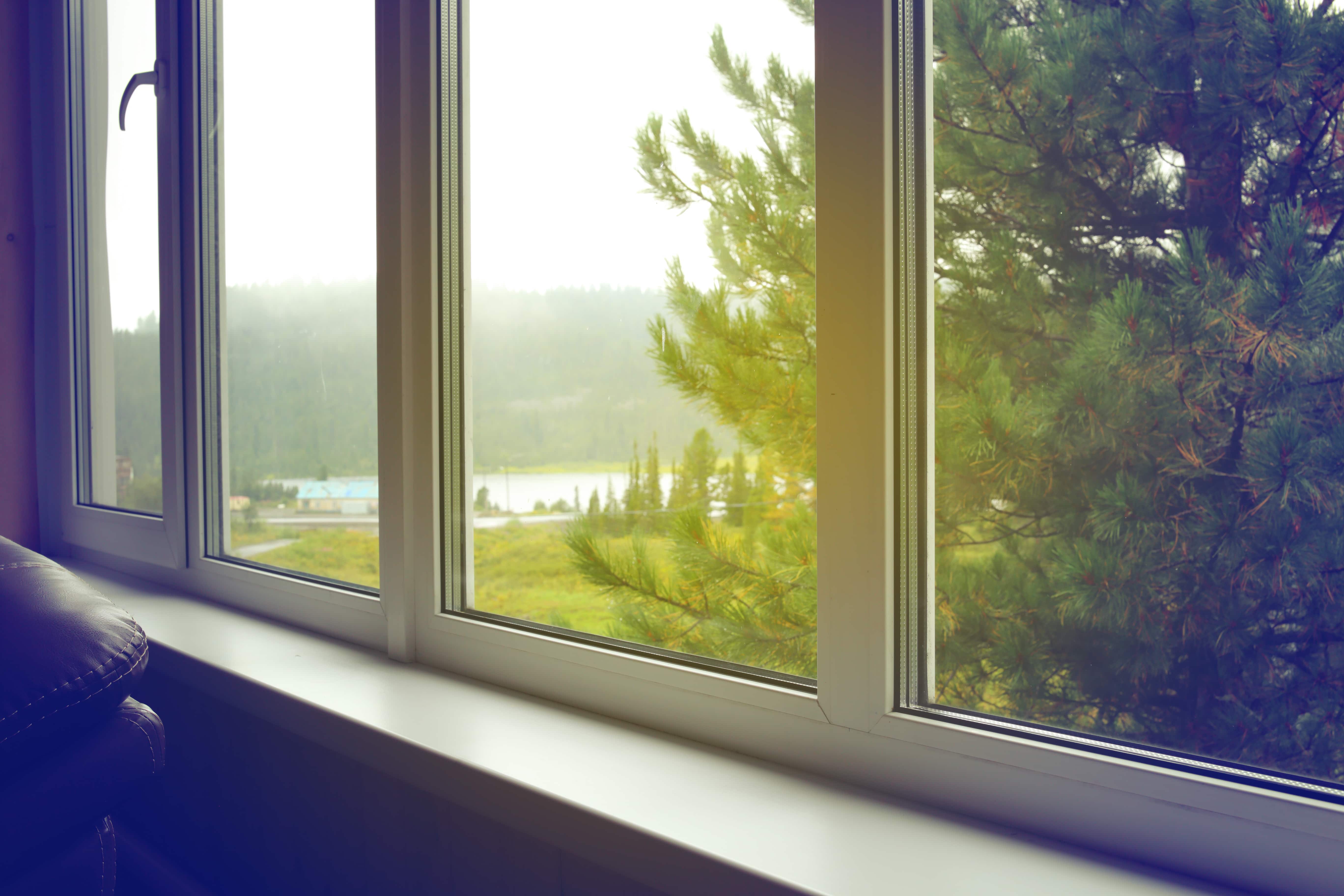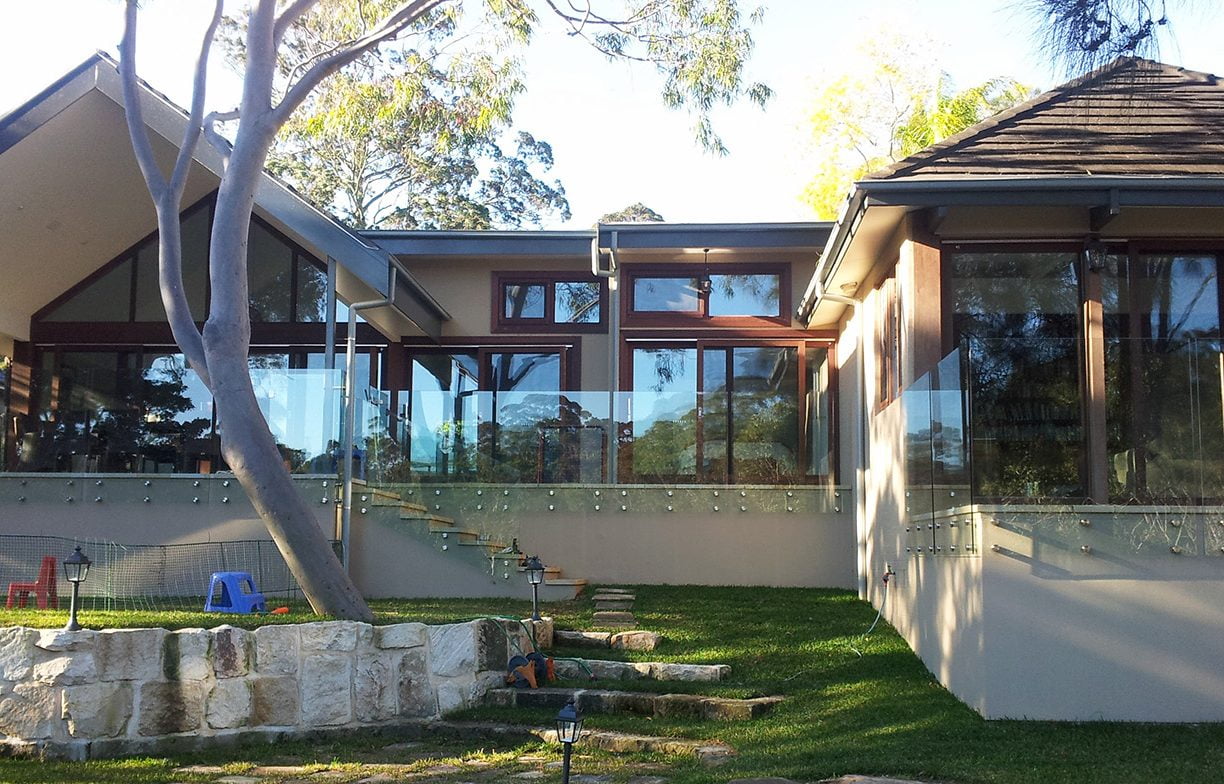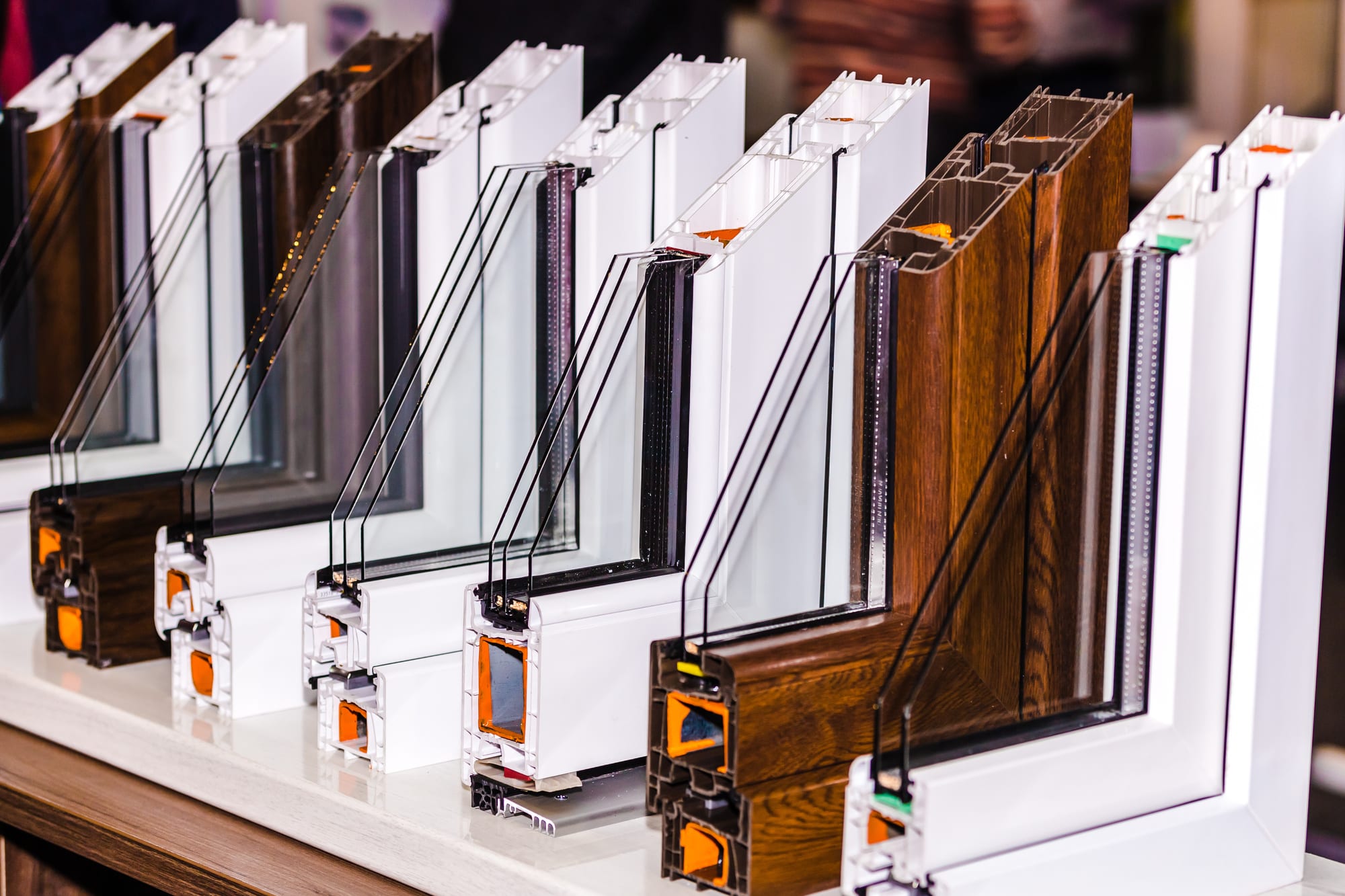All Categories
Featured
Table of Contents
Double Glazed Windows & Doors Melbourne & Sydney in Piesse Brook Perth
Glazing just implies the windows in your house, consisting of both openable and set windows, along with doors with glass and skylights. Glazing really just suggests the glass part, however it is typically used to refer to all aspects of an assembly consisting of glass, movies, frames and furnishings. Focusing on all of these aspects will help you to attain effective passive design.

Energy-efficient glazing makes your house more comfy and dramatically reduces your energy costs. Improper or improperly created glazing can be a significant source of undesirable heat gain in summertime and considerable heat loss and condensation in winter. Up to 87% of a home's heating energy can be acquired and approximately 40% lost through windows.
How Are Double Glazed Windows More Energy Efficient? in Walliston WA
Glazing is a substantial investment in the quality of your home. The cost of glazing and the cost of heating and cooling your house are closely related. An initial financial investment in energy-efficient windows, skylights and doors can greatly decrease your annual heating and cooling costs. Energy-efficient glazing also lowers the peak heating and cooling load, which can reduce the needed size of an air-conditioning system by 30%, leading to further cost savings.

This tool compares window selections to a base level aluminium window with 3mm clear glass. Comprehending some of the crucial homes of glass will help you to choose the finest glazing for your home. Key properties of glass Source: Adapted from the Australian Window Association The amount of light that goes through the glazing is referred to as noticeable light transmittance (VLT) or visible transmittance (VT).
Keeping Your House Cool In The Summer in Marangaroo WA
This may lead you to turn on lights, which will lead to greater energy expenses. Conduction is how readily a product carries out heat. This is referred to as the U worth. The U value for windows (revealed as Uw), describes the conduction of the entire window (glass and frame together). The lower the U value, the greater a window's resistance to heat flow and the better its insulating worth.
If your house has 70m2 of glazing with aluminium frames and clear glass with a U value of 6. 2W/m2 C, on a winter's night when it is 15C chillier outside compared with inside, the heat loss through the windows would be: 6. 2 15 70 = 6510W That is equivalent to the total heat output of a big room gas heater or a 6.
Best Way To Block Sun Heat From Windows [Professionally] in Coolbinia Western Australia

If you pick a window with half the U value (3. 1W/m2 C) (for instance, double glazing with an argon-filled gap and less-conductive frames), you can halve the heat loss: 3. 1 15 70 = 3255W The solar heat gain coefficient (SHGC) for windows (expressed as SHGCw) determines how easily heat from direct sunlight flows through an entire window (glass and frame together).
The lower a window's SHGC, the less solar heat it sends to the house interior. Glazing producers declare an SHGC for each window type and style. The real SHGC for windows is affected by the angle that solar radiation strikes the glass. This is known as the angle of incidence.
What Are The Benefits Of Double Glazed Windows? in Watermans Bay WA
When the sun is perpendicular (at 90) to the glass, it has an angle of occurrence of 0 and the window will experience the maximum possible solar heat gain. The SHGC stated by glazing makers is always determined as having a 0 angle of incidence. As the angle increases, more solar radiation is reflected, and less is transferred.
Table of Contents
Latest Posts
A Complete Guide To Double Glazed Windows in Wexcombe Western Australia
Which Type Of Glass Is Best For Energy Efficiency? - A&l Windows in Boya Perth
Insulated Glass Unit – Igu in Joondanna Perth
More
Latest Posts
A Complete Guide To Double Glazed Windows in Wexcombe Western Australia
Which Type Of Glass Is Best For Energy Efficiency? - A&l Windows in Boya Perth
Insulated Glass Unit – Igu in Joondanna Perth